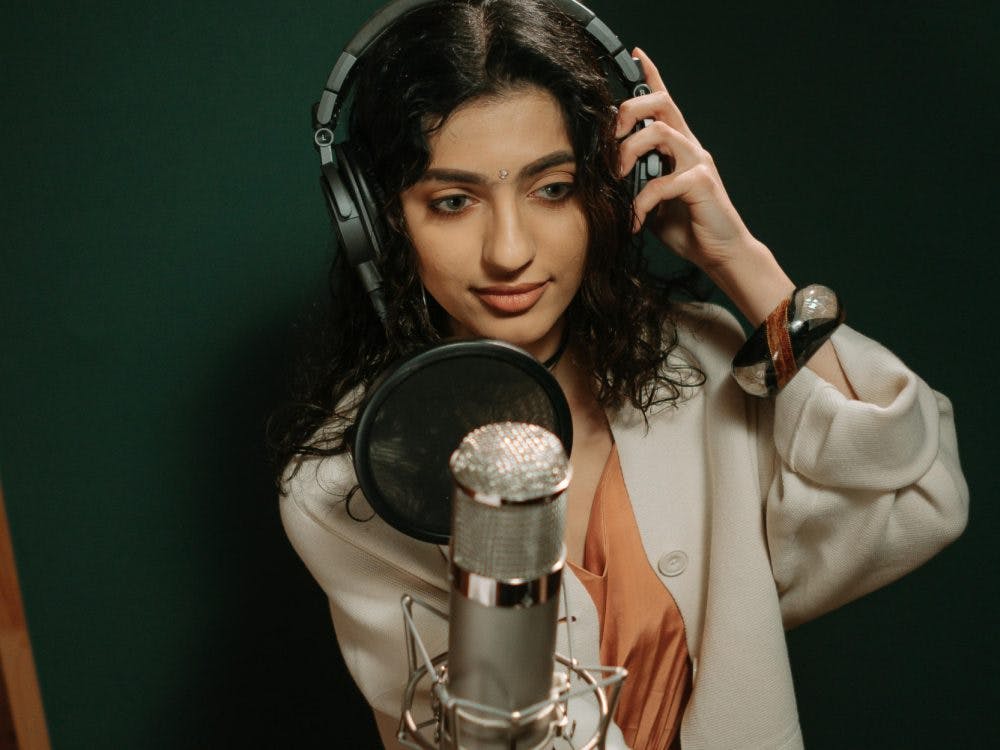Modern vocal processing technology has revolutionized music production, offering creators powerful options to enhance, correct, and completely transform vocal recordings. Top vocal transformation tools fall into several categories including pitch correction software like Melodyne and Auto-Tune, harmonic processors such as Harmony Engine, formant shifters like Little AlterBoy, and vocoder plugins including iZotope VocalSynth. When combined with proper studio calibration through solutions like SoundID Reference, these tools enable both subtle enhancements and dramatic vocal reinventions while maintaining professional sound quality throughout your production process.
What are the best tools to transform your voice for music production?
Vocal transformation tools can be categorized based on their primary function in the studio environment. Pitch correction software like Auto-Tune, Melodyne, and Waves Tune remains the foundation of modern vocal production, allowing for both subtle pitch refinement and the distinctive “robotic” effect popular in contemporary music. For harmonization, tools like Harmony Engine, VocAlign, and Choir create rich layered vocals from a single source.
Formant processors such as Little AlterBoy and MAutoPitch enable gender-shifting and character alteration by manipulating vocal resonances. For more dramatic transformations, vocoder plugins like iZotope VocalSynth and TAL-Vocoder blend vocal inputs with synthesized sounds to create robotic and electronic textures.
To achieve professional results with any vocal processing tool, accurate monitoring is essential. Sonarworks’ SoundID Reference calibration ensures what you hear accurately represents your processing decisions, preventing over-processing or misguided adjustments that might sound acceptable on uncalibrated systems but fall apart on other playback devices.
How do autotune and pitch correction tools work in vocal production?
Pitch correction technology analyzes incoming audio to identify the fundamental frequency of each note, then shifts pitches that fall outside desired parameters to the nearest correct note. Modern tools offer both automatic correction, where the software makes real-time decisions based on scale and key settings, and manual correction, where producers can adjust individual notes on a graphical interface.
The technology operates in either real-time mode for immediate feedback during recording or as post-processing for more detailed editing afterward. The intensity of correction can be adjusted from subtle and transparent to the extreme “T-Pain effect” that deliberately emphasizes the processing as a creative choice.
Which voice transformer plugins provide the most natural-sounding results?
For preserving vocal authenticity while making adjustments, Celemony’s Melodyne stands out with its sophisticated algorithm that separately processes pitch, timing, and formants without artifacts. Slate Digital’s Revoice Pro excels at creating doubles that maintain the performance’s natural qualities, while Synchro Arts VocAlign delivers transparent timing alignment between multiple takes.
What separates natural-sounding plugins from more artificial options is often their processing method. Tools using spectral processing typically preserve more vocal nuance than those relying on simple pitch-shifting algorithms. The best plugins also offer granular control over processing intensity, allowing subtle adjustments that retain the vocalist’s unique timbre.
Evaluating the naturalness of vocal processing requires accurate monitoring. When using SoundID Reference for speaker calibration, producers can hear minute details in vocal processing that might otherwise be masked by room acoustics or speaker coloration, ensuring vocal transformations maintain their authenticity when played on different systems.
How can voice effects processors be used creatively in modern music?
Beyond correction, vocal effects processors offer vast creative potential. Harmonization tools can create choirs from a single voice, while formant shifting transforms gender characteristics or creates alien vocal textures. Vocoding, popularized in electronic music, blends vocal articulation with synthesizer tones to create robot-like vocal instruments.
In contemporary pop production, artists like Bon Iver and James Blake use vocal manipulation as a signature sound, applying extreme pitch and formant processing to create emotional textures. Electronic producers frequently use vocal chops and granular processing to transform voices into rhythmic and melodic elements that blur the line between vocals and instrumentation.
These creative decisions depend on reliable monitoring. With SoundID Reference calibration, producers can make confident choices about experimental vocal processing, knowing that what sounds good in their studio will translate effectively to listeners’ sound systems. This consistency allows for more adventurous vocal experimentation without risking poor results in the final production.
What are the differences between free and premium voice transformation software?
Free voice transformation tools generally offer basic functionality with limited control parameters and occasionally introduce quality-reducing artifacts. Premium options provide cleaner processing algorithms, more detailed control interfaces, and specialized features like formant preservation and spectral editing.
While free options might suffice for casual production, professional work typically demands the refinement of paid solutions. Premium tools also tend to be more CPU-efficient and integrate better with professional DAW workflows, saving time and preventing frustration during complex vocal processing tasks.
Regardless of budget, the effectiveness of any vocal processing depends heavily on accurate monitoring. Professional calibration tools like SoundID Reference complement both free and premium vocal processors by ensuring that what you hear represents what you’re actually creating. This proper foundation makes it easier to evaluate when it’s time to upgrade your vocal processing tools based on genuine limitations rather than monitoring inaccuracies.
Voice transformation essentials: Building your vocal processing toolkit
For beginners, start with a quality pitch correction plugin and a basic vocal effects processor that offers multiple transformation types. As you advance, add specialized tools for specific tasks – dedicated harmonization software, formant processors, and creative effect chains tailored to your genre.
When developing your vocal processing chain, consider signal flow carefully. Typically, correction comes before creative effects, but exceptions exist for specific sounds. Experiment with different ordering to discover unique textures, but maintain a consistent approach for workflow efficiency.
The foundation of effective vocal processing is accurate monitoring. By incorporating SoundID Reference into your studio setup, you’ll make better decisions about both subtle corrections and dramatic transformations. This calibration ensures that the vocal processing choices you make are based on accurate sound representation rather than room acoustics or speaker colorations, resulting in vocal productions that translate consistently across all playback systems – the true mark of professional vocal production.



